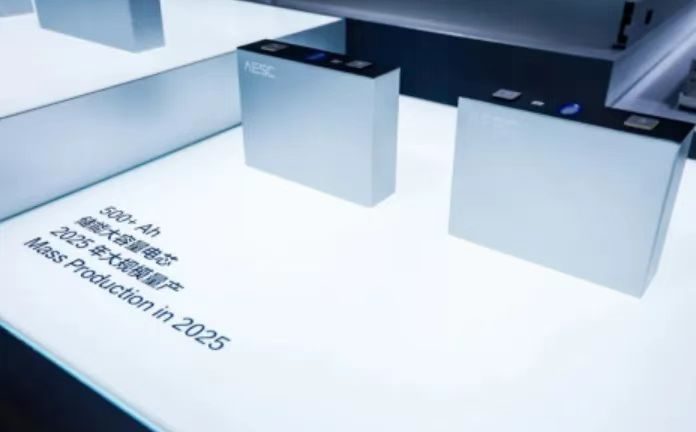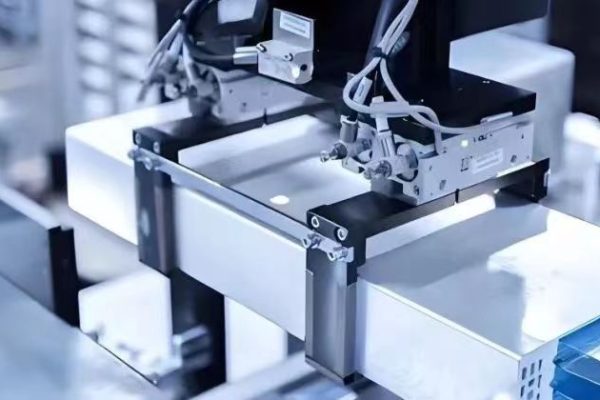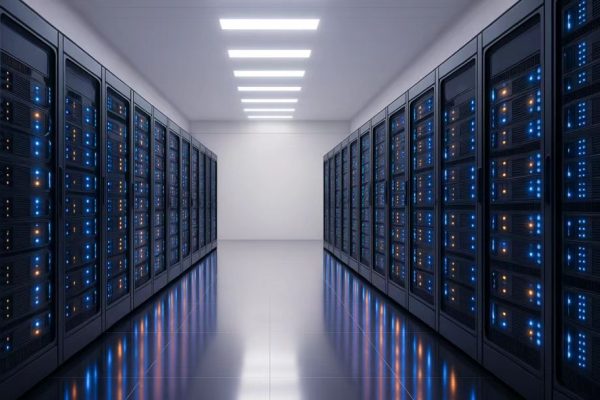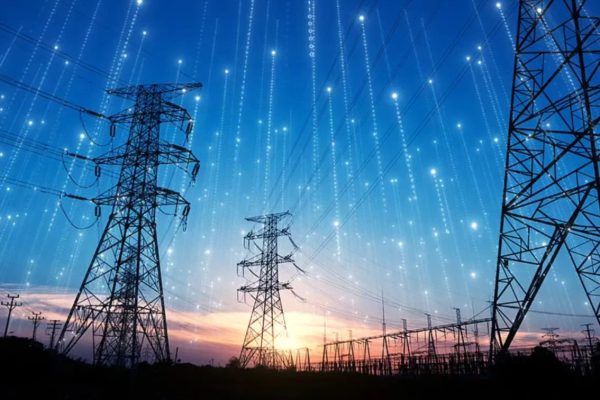Ensuring Reliable Energy for Cold Storage, Food Processing, and Climate-Sensitive Industries
1. Why BESS Matters in Temperature-Controlled Facilities
Battery Energy Storage Systems (BESS) are becoming increasingly critical for facilities that rely on precise temperature control, such as:
- Cold storage warehouses
- Food and beverage processing plants
- Pharmaceutical and medical storage units
- Data centers with precision cooling
- Indoor agriculture and greenhouses
For these facilities, a sudden power loss doesn’t just cause inconvenience—it can lead to massive financial losses, spoiled goods, or operational failure. That’s why a well-designed BESS is essential, not only for backup but also for peak shaving, grid independence, and process continuity.
2. Core Objectives When Designing BESS for Climate-Sensitive Operations
When designing a BESS for temperature-controlled facilities, the goals typically include:
✅ Uninterruptible Power Supply (UPS)
Avoid even short outages that could cause rapid temperature fluctuations.
✅ Load Shifting and Peak Management
Use batteries to offset high demand charges during cooling/heating spikes.
✅ Grid Support or Off-Grid Operation
Operate independently during outages or in weak-grid areas.
✅ Asset Protection
Prevent losses of perishable goods, sensitive materials, or process batches.
3. Key Considerations in BESS Design
Designing a reliable system goes beyond picking battery capacity. You must address:
🔋 a) Load Profiling
Understand your facility’s load pattern—especially:
- Base load: e.g. lighting, monitoring systems
- Peak load: refrigeration, defrost cycles, HVAC surges
- Critical load: what must stay powered during outages
📌 Tip: Use real-time energy monitoring to gather at least 30 days of data before designing.
🌡️ b) Ambient Temperature Sensitivity
- Batteries perform differently under extreme heat or cold.
- For freezer environments or high-humidity areas, battery thermal insulation and control is critical.
- Lithium-ion batteries (especially LFP) perform best between 15–35°C. Use HVAC or ventilation in battery enclosures if needed.
🧊 c) Backup Duration and Energy Security
Ask:
- How many hours of backup are required?
- Will the BESS support just the compressors, or entire operations?
For example:
- A walk-in freezer may only need 2–3 hours of backup for compressors.
- A vaccine storage facility might require 24/7 redundancy with auto-switching.
⚙️ d) Integration with Temperature-Control Equipment
- Ensure inverters are compatible with variable-speed compressors and industrial HVAC units.
- BESS should support inrush current and soft-start loads, which are common in refrigeration.
- Consider inverters with fast transfer switching (<10ms) to avoid downtime.
4. Recommended System Architecture
Features to include:
- Hybrid inverter (on/off-grid)
- Auto-transfer switch (ATS)
- Battery Management System (BMS) with thermal sensors
- Optional: Diesel/propane generator input for extended outages
5. Battery Type Selection
| Battery Type | Pros | Cons | Suitability |
|---|---|---|---|
| LFP (LiFePO₄) | Long life, thermally stable, safe | Slightly heavier | Ideal for most cold storage |
| NMC (Li-ion) | High energy density | Less stable at high temps | Good for space-constrained areas |
| Lead-acid (AGM/GEL) | Low cost | Short life, maintenance | Backup-only applications |
| Sodium-ion (emerging) | Better low-temp performance | Still in development | Future option for extreme cold |
📌 Recommendation: LFP is the safest and most practical for facilities needing consistent daily cycling and long-term reliability.
6. How to Size a BESS for Temperature-Controlled Loads
Step 1: Identify critical equipment
- Refrigeration compressors
- Chillers
- HVAC units
- Monitoring systems (IoT, alarms, PLCs)
Step 2: Calculate average and peak demand
- Average critical load (kW) × required backup duration (hrs) = base capacity
- Add 20–30% buffer for inefficiencies, degradation, and peak surges
Step 3: Check surge power
- Ensure the inverter and battery can handle start-up currents (often 3–5× rated load)
Example:
- A 30kW freezer load with 2-hour backup needs:
- 30kW × 2h = 60kWh
- Add 25% buffer → 75kWh usable
- Use 80% DoD → 94kWh total battery capacity
- Inverter rated for 50–60kW surge
7. Real-World Case Study
Cold Storage Facility – 100kW Load, 3-Hour Backup Need
- 300kWh BESS with 120kW hybrid inverter
- Powered by 150kW rooftop solar
- Designed with thermal sensors in both battery and load zones
- ROI achieved in 4.5 years via:
- Peak demand savings
- Backup cost avoidance
- Feed-in tariff optimization
Result: Zero spoilage in 2 power outages over 12 months.
8. Monitoring and Control Features
Modern BESS systems for cold environments should include:
- Real-time battery temperature monitoring
- Remote access dashboards
- Automated alerts for power loss or battery faults
- Scheduled cycling to match defrost or peak cooling times
- Integration with Building Management Systems (BMS)
9. Final Thoughts: BESS as an Operational Asset
For temperature-controlled facilities, BESS is more than just a backup—it’s a resilience tool, a cost reducer, and a sustainability enabler. Designing it right requires attention to:
- Temperature conditions
- Surge and cycling behavior
- Integration with sensitive equipment
- Regulatory or compliance needs (e.g., pharma cold chains)
Investing in a well-designed BESS means protecting inventory, ensuring uptime, and building long-term energy control.
Need help designing a BESS for your climate-sensitive facility? Our team can assist with load profiling, system sizing, and equipment selection tailored to your operations.









